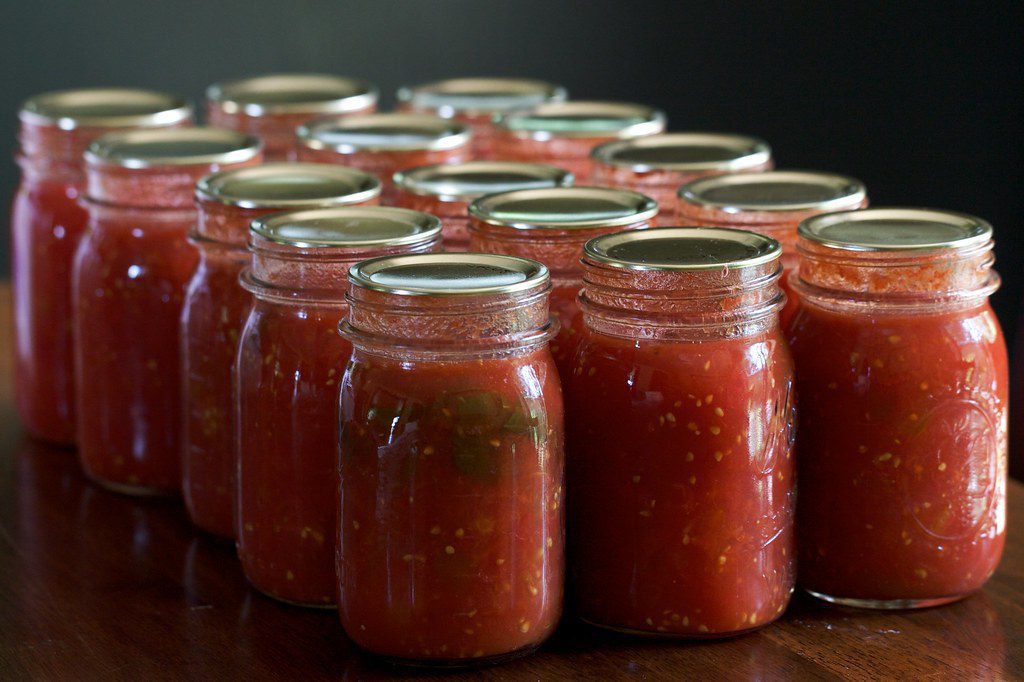
Firstly, introducing Auscrops, a wonderful market vending company bridging farmers and customers together through market vendors. Click here to find out more about How to Preserve a Tomato as well fruit and vegetable offers.
How to Preserve a Tomato
Tomatoes are a versatile fruit that bring flavor, color, and nutrition to many dishes. They are used in salads, soups, sauces, pizzas, and countless other recipes. Plus, they are a great source of vitamin C, antioxidants, and lycopene – a powerful compound that may reduce the risk of heart disease, cancer, and other health issues. However, tomatoes are also perishable and can spoil quickly if not stored properly. In this blog post, we will share some tips and tricks on how to preserve tomatoes and keep them fresh longer. Whether you have a surplus of ripe tomatoes from your garden or want to stock up on canned tomatoes for the winter, this guide has got you covered.
Choose the right tomatoes for preservation
Not all tomatoes are created equal when it comes to preservation. Your best bet is to choose ripe but firm tomatoes that are free of bruises, cuts, or mold. Avoid overripe or soft tomatoes, as they will not hold up well during the preservation process. Also, choose tomatoes that are suitable for your chosen preservation method – some tomatoes are better for canning, while others are better for freezing, drying, or pickling. For canning, choose meatier varieties like Roma or San Marzano, while for freezing, cherry or grape tomatoes work best.
Preserve tomatoes by canning
Canning is a popular method for preserving tomatoes for long-term storage. It involves boiling the tomatoes in a jar with acid (usually vinegar or citric acid) and then sealing the jar to create a vacuum seal. Canned tomatoes can last for up to a year if stored in a cool, dark, and dry location. To can tomatoes, you will need a canning kit, jars, lids, tongs, and a large pot. Follow the instructions carefully and make sure to use sterilized equipment to prevent the growth of bacteria.
Freeze tomatoes for future use
Freezing is another method for preserving tomatoes, and it’s easy and convenient. It involves blanching the tomatoes in boiling water for a few minutes, then shocking them in ice water to cool them down quickly. Next, peel the skin off, remove the seeds, and chop or puree the pulp. Finally, store the tomato pulp in a freezer-safe container or bag and freeze. Frozen tomatoes can last for up to 6 months and can be used in soups, stews, or sauces.
Dry tomatoes for a flavorful snack
Drying tomatoes is a great way to concentrate their flavor and make them a tasty snack or ingredient. You can dry tomatoes in the sun, in the oven, or using a dehydrator. To sun-dry tomatoes, cut them in half, season them with salt and herbs, and place them on a wire rack or screen. Cover them with a cheesecloth to protect them from bugs and dirt, and leave them in a sunny, dry, and breezy spot for a few days. To oven-dry tomatoes, cut them in slices, season them with salt and herbs, and place them on a baking sheet. Then, bake them at a low temperature (200°F) for several hours, until they are dry and crispy. To dehydrate tomatoes, follow the instructions of your dehydrator and adjust the time and temperature accordingly.
Pickle tomatoes for a tangy twist
Pickling is a fun and flavorful way to preserve tomatoes and add a tangy twist to your meals. You can pickle cherry tomatoes, green tomatoes, or even sun-dried tomatoes. To make a basic brine, mix water, vinegar, sugar, and salt in a saucepan and bring it to a boil. Then, add your chosen spices and herbs (such as garlic, dill, mustard seeds, or peppercorns) and let the mixture cool down. Next, pack the tomatoes in a jar, pour the brine over them, and seal the jar. Let the pickled tomatoes sit for a few days or weeks to allow the flavors to meld.
Conclusion:
Preserving tomatoes is a useful skill that can save you money, reduce food waste, and provide you with delicious and nutritious tomatoes all year round. Whether you choose to can, freeze, dry, or pickle your tomatoes, make sure to follow the proper procedures and use fresh and high-quality tomatoes.
Click here to read similar articles.
 Français
Français 











